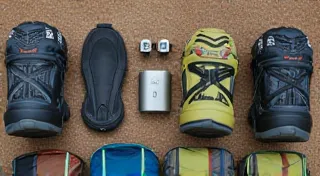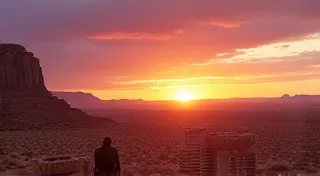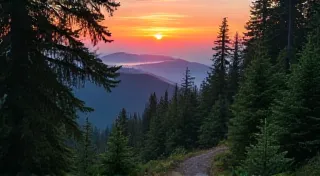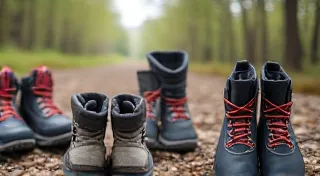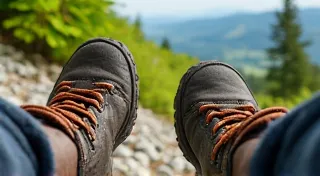The Cartographer's Echo: How Trails Shape the Narrative of Self
The scent of damp earth, the rhythmic crunch of boots on gravel, the silent communion with ancient trees – these are the sensory anchors of the hiking experience. But beyond the immediate physicality, there’s something deeper at play. Hiking trails, those meticulously drawn lines on a map, become surprisingly potent metaphors for the ongoing project of self-discovery. They are, in essence, external reflections of our internal landscapes, challenging us to navigate not just terrain, but also the complexities of our own being.
Consider the cartographer, the meticulous creator of those guiding lines. Historically, mapmaking was more than just a technical skill; it was an art, a form of philosophical inquiry. Early cartographers, relying on observation, rumour, and often unreliable sources, wove narratives into their work, imbuing the landscape with meaning. Think of the embellished sea monsters of medieval maps, or the proud renderings of mountain ranges, each contour line a testament to both accuracy and interpretation. These weren't just depictions of the world; they were expressions of understanding, or, at least, attempts at it. Their dedication to detail, their striving for clarity amidst ambiguity – these qualities resonate deeply with the very act of self-reflection.

The Ascent and the Inner Dialogue
I remember a particularly challenging hike in the Appalachian Mountains. It was a relentless ascent, a seemingly endless climb punctuated by rocky scrambles and deceptive switchbacks. My physical exhaustion was matched by a growing sense of frustration. Doubt crept in. "Why am I doing this?" I wondered, echoing the silent questioning that often accompanies moments of intense personal struggle. It felt akin to facing a difficult truth about myself – uncomfortable, resisting easy resolution.
The trail, in that moment, wasn’t just a path through the woods; it was a tangible representation of a personal obstacle. Every step forward required conscious effort, a deliberate choice to persevere despite the discomfort. Preparing for such a journey, and ensuring you have the right gear, is vital to a positive experience. Thinking about water is crucial—knowing how to filter and purify it along the trail can be a real lifesaver. If you're interested in learning more about water filtration and purification for hiking, you might find our Water Filtration & Purification for Hiking: A Comprehensive Guide helpful. It covers everything from basic techniques to advanced equipment.
And then, a shift. As I paused to catch my breath, gazing at the vista unfolding below, the exhaustion faded, replaced by a quiet sense of accomplishment. The view wasn’t just beautiful; it was earned. The clarity of the air felt like a cleansing of the mind, the arduous climb having stripped away layers of self-doubt and revealing a core of resilience I hadn’t fully acknowledged.
Gear as Tools for Self-Reliance
The gear we choose for a hike – the sturdy boots, the reliable backpack, the precisely calibrated compass – are more than just equipment; they're extensions of ourselves. They represent our preparation, our commitment to the journey. Consider the evolution of backpacking gear. Early explorers and adventurers relied on ingenuity and improvisation, crafting their own packs from animal hides and foraging for sustenance. Modern equipment, honed through decades of innovation, offers unparalleled comfort and efficiency, allowing us to push further and explore more challenging terrain. This progress mirrors our own journey toward self-mastery, where we learn to leverage tools – knowledge, skills, relationships – to overcome obstacles and achieve our goals.
A well-maintained hiking boot, for example, isn't just about protection and traction; it's a testament to craftsmanship and durability. It’s a small piece of artistry, meticulously crafted to withstand the rigours of the wilderness. Similarly, a reliable compass isn't just a navigational instrument; it's a symbol of direction and purpose. The act of consulting the compass, of orienting oneself within the landscape, becomes a metaphor for finding one’s place in the world.
The Resonance of Heritage: Accordions and the Pursuit of Clarity
There's a surprising parallel to be drawn between the care one takes in choosing and maintaining hiking gear, and the restoration of antique accordions. These instruments, often neglected or damaged, hold within them a history – a story of music, of joy, of connection. Restoring an accordion is a painstaking process, requiring patience, skill, and a deep respect for its original design. Each repaired reed, each re-glued veneer, represents a triumph over decay, a resurrection of beauty.
The intricate mechanisms within an accordion – the bellows, the keys, the reeds – are a marvel of engineering. To understand how they work, to diagnose and repair them, requires a dedication to detail and a willingness to delve into complexity. It’s a process that demands precision and a profound appreciation for the craftsmanship involved. Just as a carefully chosen and well-maintained hiking boot enhances the hiking experience, a restored accordion allows its player to connect with the music on a deeper level, to express emotions that words often fail to capture. Both endeavors – hiking and accordion restoration – represent a commitment to something greater than oneself, a pursuit of clarity and connection.
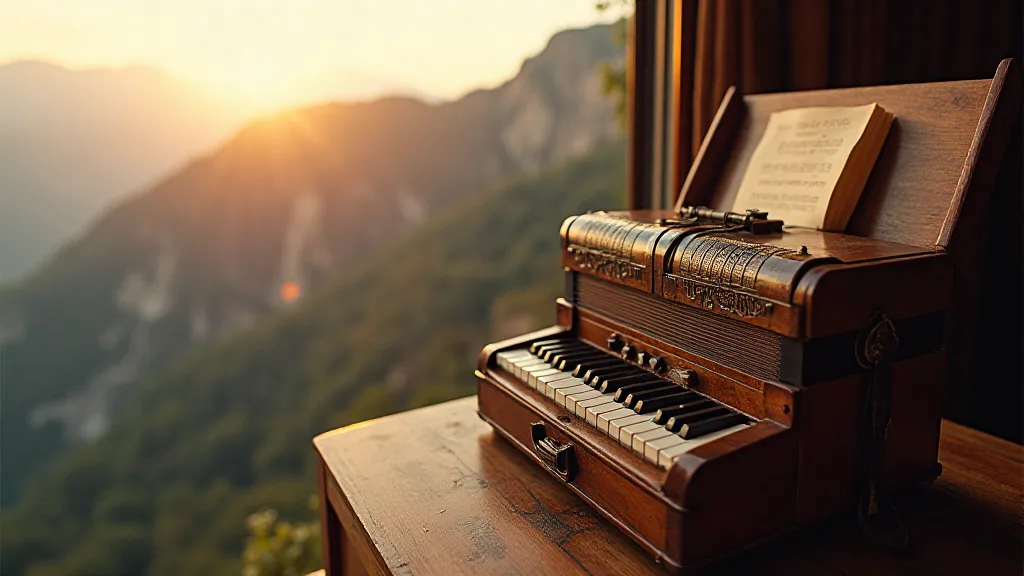
Beyond the Map: Embracing the Unknown
Of course, trails aren’t always predictable. Unexpected challenges arise – a sudden storm, a fallen tree blocking the path, a sense of being utterly lost. These moments of uncertainty can be disorienting, even frightening. But they also offer invaluable opportunities for growth. It’s in these moments of adversity that we discover our resilience, our ability to adapt and overcome. It's when we realize that the true value of a trail isn’t just about reaching the destination; it's about the journey itself, the lessons learned, the person we become along the way.
The best trails, like the most rewarding self-discovery journeys, often lead us beyond the map, beyond the planned route. They encourage us to embrace the unknown, to trust our instincts, and to find our own way. For those seeking new adventures, exploring regional trails can be incredibly rewarding. If you’re looking for inspiration, perhaps you'd be interested in our guide to Best Hiking Trails in Colorado: A Regional Guide.
And it’s in those moments of improvisation, of unexpected encounters, that we truly connect with the wildness within ourselves – the same wildness that inspires cartographers to draw their maps, hikers to traverse mountains, and craftsmen to breathe new life into forgotten instruments.
Ultimately, the parallels between cartography and self-discovery are profound. Both involve charting a course through a complex and often unpredictable landscape. Both require preparation, resilience, and a willingness to embrace the unknown. Capturing the beauty of these landscapes often requires a good eye and the right equipment. For those seeking to improve their nature photography, we offer valuable tips in our guide to Photography Tips for Capturing Stunning Nature Shots on the Trail.
And it’s in those moments of improvisation, of unexpected encounters, that we truly connect with the wildness within ourselves – the same wildness that inspires cartographers to draw their maps, hikers to traverse mountains, and craftsmen to breathe new life into forgotten instruments.
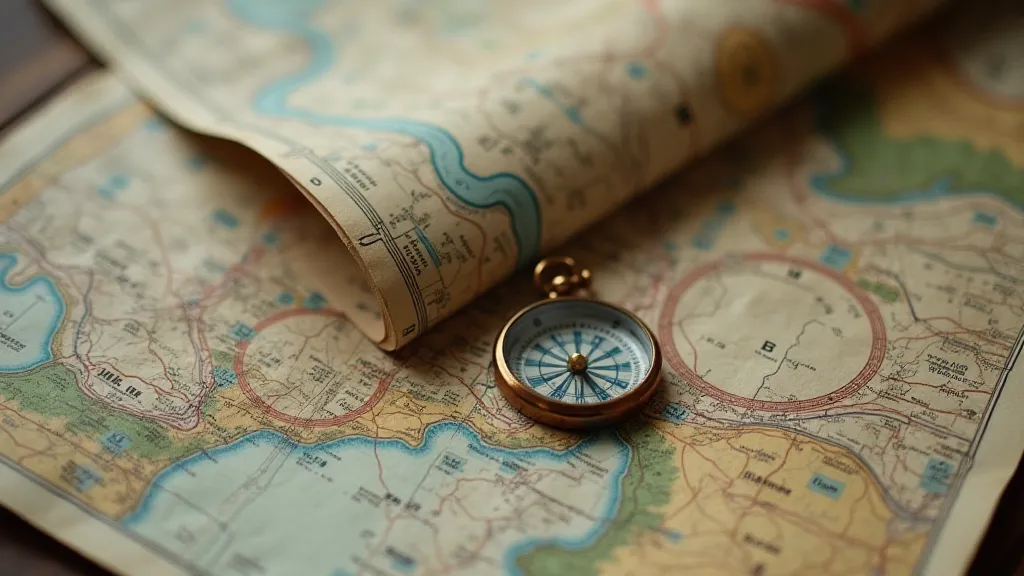
Ultimately, the parallels between cartography and self-discovery are profound. Both involve charting a course through a complex and often unpredictable landscape. Both require preparation, resilience, and a willingness to embrace the unknown. And both offer the promise of a clearer view, a deeper understanding, and a stronger sense of self.
